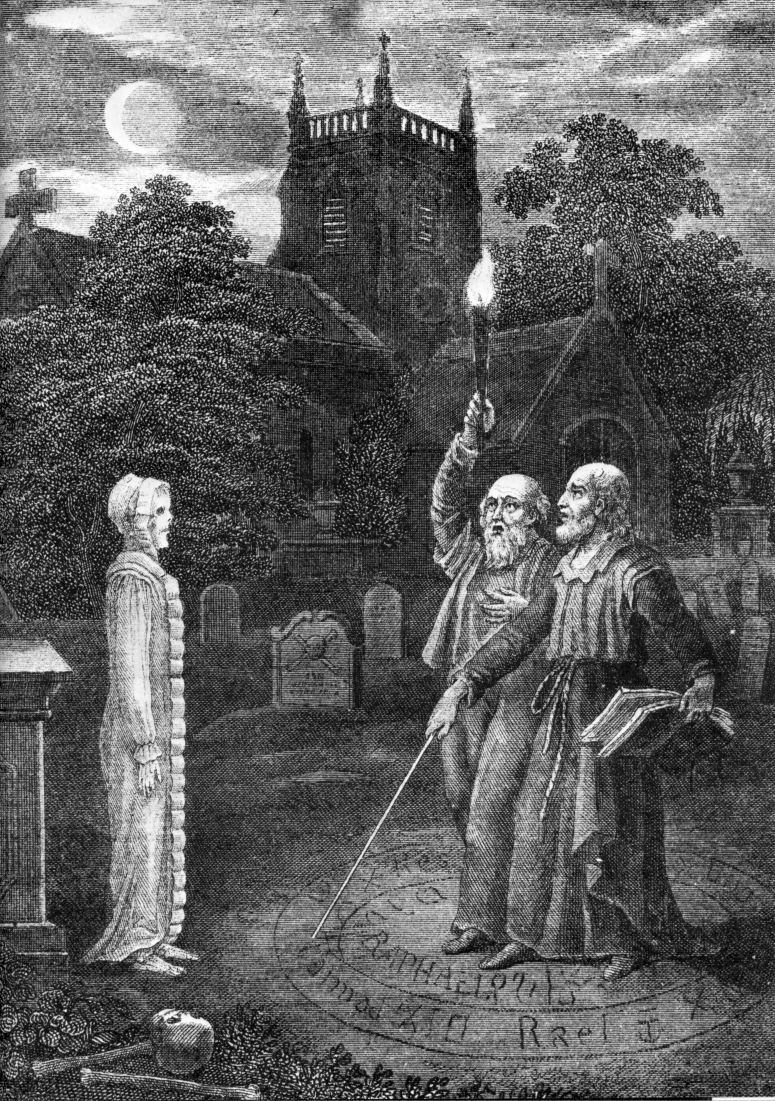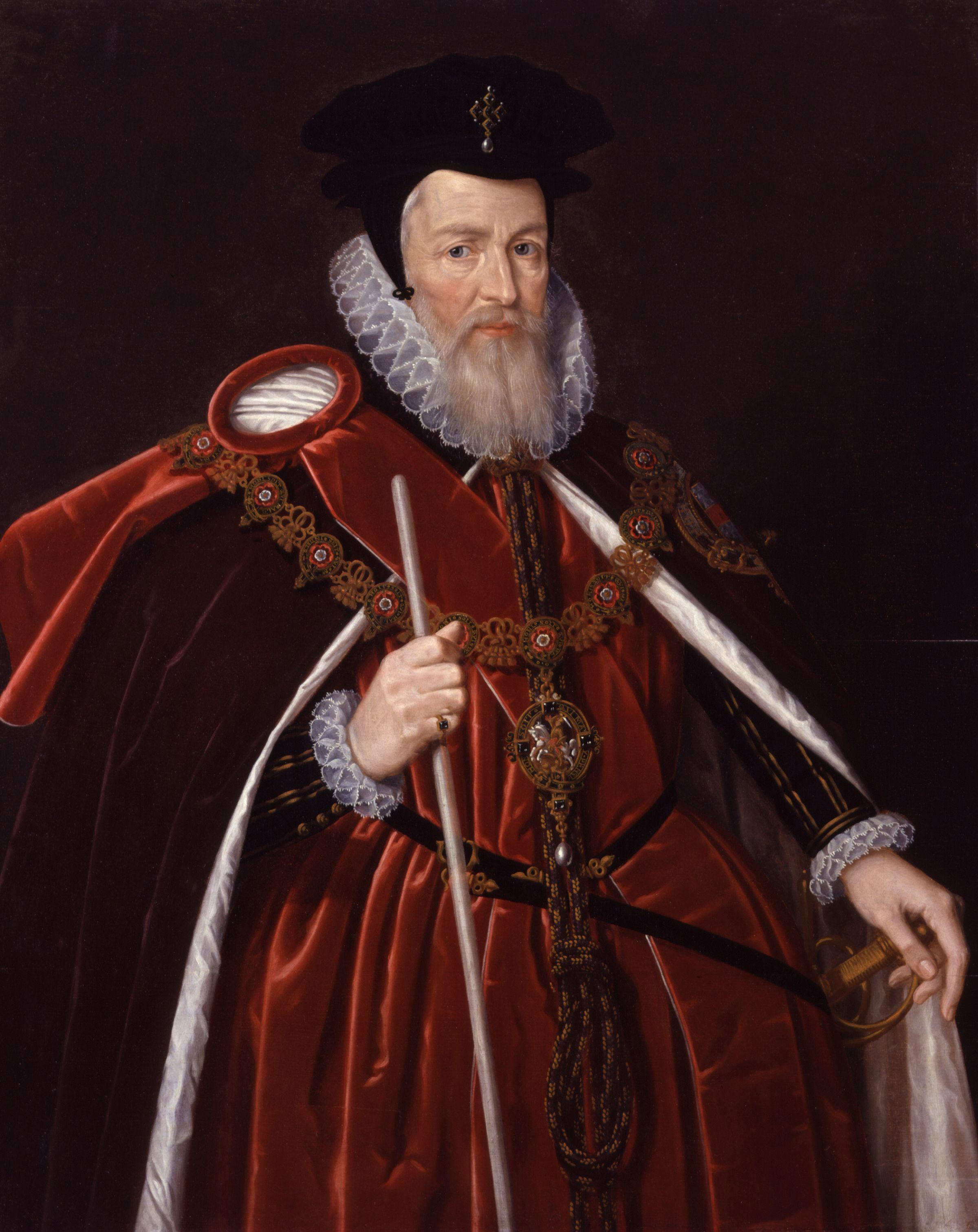The Waldegrave Conspiracy of 1561 was a supposed plot to kill Queen Elizabeth I and reintroduce Catholicism to England. It was essentially an invention of William Cecil, Elizabeth’s Secretary of State and chief advisor, and was named after Sir Edward Waldegrave, a favourite of Elizabeth’s predecessor, the Catholic Queen Mary I.[1]
In mid-April 1561 customs officials at Gravesend arrested the Catholic priest Father John Coxe on his way to Flanders. He was found to be carrying a rosary and some money and letters for Catholic exiles. Under interrogation Coxe confessed to having said Mass in the homes of Sir Edward Waldegrave and several other Catholic families in Essex, along with other priests he named who were also arrested.[2] Celebrating Mass in England had been forbidden by the 1559 Act of Uniformity, and so had to be done in secret.[3]
Fate of the lay Catholics
The twenty-two lay Catholics implicated by Foxe’s confession were summoned to appear before the Essex Assize Court on 3 June 1561, and were found guilty of hearing Mass. All but Edward Waldegrave paid the fine of 100 marks, for which he forfeited his Newhall Manor and was imprisoned with his wife in the Tower of London. Following his death a few months later in September, Lady Waldegrave was released, but she maintained her husband’s refusal to pay the fine.[3]
Fate of the clergy
The four priests who had been arrested as a result of Coxe’s denunciation – Father Bilson, Dr Frear, Father Ramridge and Father Jolly – were taken to the Tower of London to join three other prisoners, incarcerated for attempting to use necromancy
Form of magic in which the dead are re-animated and able to communicate with the sorcerer who invoked them, just as they would if they were alive. to kill Lady St. Loe, the second wife of a trusted servant of Queen Elizabeth, Sir William St Loe; John Coxe, the priest whose arrest at Gravesend had triggered the crisis, was held separately in Marshalsea Prison. The accusation against the three alleged conjurors – Francis Coxe, Hugh Draper and Ralph Davis[a]One might speculate that by keeping John Coxe separate from the rest of his prayer group, Cecil was hoping to cause confusion between the two Coxe’s in the public mind and thus cement a relationship between the Catholic Church and sorcery. – had been made by an astrologer, John Mann. The trio had been employed by Sir William’s younger brother and daughter, to prevent the ancestral estate passing into the hands of his second wife’s family in the event of his death.[3]
Rumours soon began to circulate that the detainees in the Tower were a “nest of conjurers”, conspiring to kill Queen Elizabeth. But Cecil had a problem, in that there was no law against using magic for any purpose, as the Witchcraft Act of 1542Series of Acts passed by the Parliaments of England and Scotland making witchcraft a secular offence punishable by death. had been repealed in 1547.[4] Cecil manoeuvred his way out of the difficulty by arraigning the priests and the attempted St Loe murderers before the Star Chamber, citing a precedent of 1371 suggested to him by Robert Catlyn, the Lord Chief Justice for the King’s Bench.[3][b]There had been no recorded trials for sorcery in England before 1371,
and there was at the time no legislation in place to criminalise it.[4]
The group of accused conspirators appeared before the Star Chamber on 20 June 1561 and sentenced to be pilloried
Device used to publicly humiliate those found guilty of minor offences., which was carried out on 23 June in Westminster. At the event, the convicted priests were required to publicly swear on the Bible:[5]
The same performance was repeated at the pillory in Cheapside two days later.[5]
Aftermath
Cecil’s chief concern had been to prevent the marriage of Robert Dudley to Queen Elizabeth, and hence the return of England to Catholicism.[c]Dudley was himself a Protestant, but in return for the support of King Philip of Spain
in his bid to marry Elizabeth, he had pledged to restore Catholicism as the state religion
of England.[6] His portrayal of English Catholics as members of a superstitious religion which involved conjuring spirits and sorcery succeeded in that aim, and was instrumental in the introduction of the Witchcraft Act of 1563Series of Acts passed by the Parliaments of England and Scotland making witchcraft a secular offence punishable by death..[7]
Notes
| a | One might speculate that by keeping John Coxe separate from the rest of his prayer group, Cecil was hoping to cause confusion between the two Coxe’s in the public mind and thus cement a relationship between the Catholic Church and sorcery. |
|---|---|
| b | There had been no recorded trials for sorcery in England before 1371, and there was at the time no legislation in place to criminalise it.[4] |
| c | Dudley was himself a Protestant, but in return for the support of King Philip of Spain in his bid to marry Elizabeth, he had pledged to restore Catholicism as the state religion of England.[6] |

